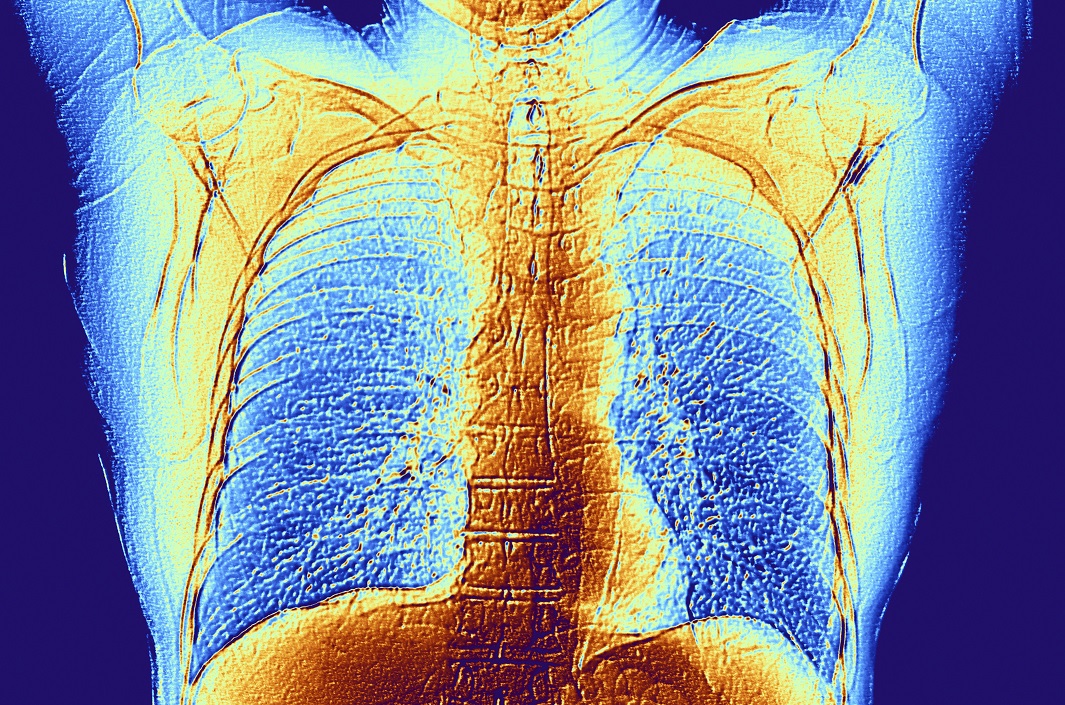In recognition of Lung Cancer Awareness Month, Nuance Healthcare Diagnostics Vice President and General Manager Karen Holzberger sat down with Baptist Health South Florida’s Dr. Juan Batlle to discuss how they’re working to catch and treat more cancers at their earliest stages.
According to the Lung Cancer Foundation of America, 433 Americans die every day from lung cancer—that’s one person about every three minutes. Despite its position as the leading cancer to cause death, routine screening programs have only just been established in recent years. I had the chance to talk recently with Dr. Juan Batlle, whose work with the Lung Cancer Screening Program at Baptist Health South Florida’s Miami Cancer Institute (MCI) is having a profound impact on patients.
KH: Tell me about why you established your lung cancer screening program.
Dr. Batlle: We have, for a long time, had routine screenings established for breast, colon, and prostate cancers. But lung cancer, which is a leading cause of death, really didn’t have a similar screening program. In 2010, a national research trial came out and showed a significant mortality benefit to annual screenings, and more recently a European companion trial demonstrated similar results. So, we were interested in establishing our own program, and got the project started rather quickly. We knew from talking with other lung cancer screening programs that the combination of screening plus cessation support was the right way to go.
KH: I understand you ramped up fast and quickly became one of the top five sites in the U.S. in terms of volume. How did you do that?
Dr. Batlle: We started by setting clear objectives for the program. First, we had to catch cancers early enough to have a positive impact on patient outcomes. Second, we had to achieve year-over-year program growth. Third, we had to find a way to make sure no one would fall through the cracks. We then designed the program around CMS-specific parameters for eligibility, and made sure that the cost to patients was affordable. It wouldn’t make sense to set up a program and then not have any patients who could rely on it.
KH: How does the program work then, on a day-to-day basis?
Dr. Batlle: When a patient meets the eligibility requirements—that is, they’re between the ages of 55 and 80, have a 30-pack per year smoking history, and have not quit in the last 15 years—the first step is to make them aware of the screening program. Once they have made an appointment, they speak with one of our nurse navigators, who ask additional questions to verify eligibility, offer a cessation program, and get their information into our database for the program. After that, they receive their scan, and our radiology team issues the report. The nurse navigators send them a letter that advises them of the follow-up process. The reports go to the referring physicians, or with suspicious cases, we convene the team to talk about next steps. Patients aren’t waiting for months for our conclusions; they’re getting our recommendations within a week of their scan.
KH: You mentioned that you needed to make sure no patient would fall through the cracks. Explain that to me—how do you do it?
Dr. Batlle: Technology is the backbone of our program. We have a range of Nuance solutions to create the radiology reports, track patient results, send letters to patients, communicate with referring physicians, manage our workflows, and more. Tracking patients is not something you can do with sticky notes and spreadsheets, and you have to handle the cancer registry reporting requirements. You need a real system that’s HIPAA-compliant, can talk to the EMR, accurately renders the radiologist’s narrative, and keeps all reports and imaging together. Nuance is the glue that keeps this all together for us.
KH: How has the program progressed since it launched?
Dr. Batlle: We’re proud of how quickly we have ramped up. In the first few years, we have found and treated 26 proven cancers after scanning nearly 2,500 eligible, qualified patients. The vast majority of these cancers were in their earliest stages, which inverts the therapy dynamic in favor of the patient. Most of these cancers have been caught early enough to be surgically cured, which is not typical of lung cancers.
KH: Impressive results. Thank you, Dr. Batlle, for sharing your story.
Dr. Batlle also recommended a few best practices for other organizations that are interested in establishing their own Lung Cancer Screening programs. For example, he mentioned that it’s tempting to think that one radiologist could manage the program, but the all-in support and multi-disciplined approach from the Baptist Health South Florida health system has been a critical component to their program’s success. You can read more about Dr. Batlle’s story in our recent case study, which you can download here.
The Real View is a Q&A blog series with Karen Holzberger, Vice President and General Manager of Nuance Healthcare’s Diagnostic Division. The Real View cuts through the hype and gets to what’s real, here, and now. The blog series features interviews and insights from health IT movers and shakers – and uncovers disruptive technologies that solve challenges, optimize workflow, and increase efficiencies to improve patient care.






